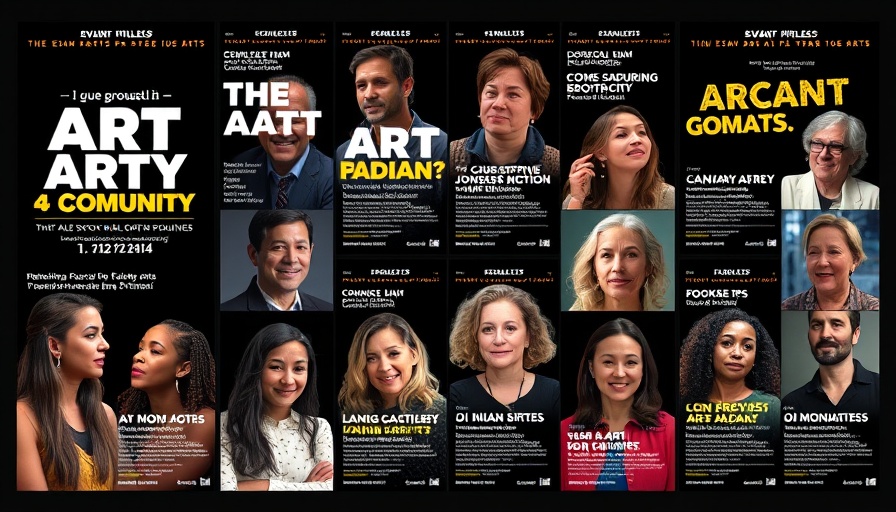
Exploring the Future of Arts in Charlotte
The arts scene in Charlotte is on the brink of a transformative evolution, spurred by local leaders and organizations dedicated to nurturing creativity and expression across diverse communities. The recent event, titled FFTC Connects: The Future of Arts in Our Community, showcased the collaborative efforts of the Foundation for the Carolinas and the Arts and Science Council. It highlighted the crucial role that local support plays as federal funding for cultural agencies faces potential cuts.
In FFTC Connects: The Future of Arts in Our Community, local leaders and organizations discuss the vital role of community engagement in nurturing Charlotte's vibrant arts scene and the importance of supportive partnerships.
Building Community Through the Arts
As Adam Pierce, president of the Arts and Science Council, stated, organizations like the Charlotte Ballet and Jazz Arts Charlotte are essential to the vibrancy of the local arts ecosystem. More than just entertainment, these institutions foster community connectivity and cultural education. With federal budget proposals threatening funding for the National Endowment for the Arts and others, local action and partnerships become even more vital.
The Importance of Local Action
Charlotte's artistic community is responding to this uncertainty by strengthening their commitment to local collaboration. Art organizations, including BNS Productions and We Rock Charlotte, exemplify this approach. They infuse their work with a passion for social connectedness, cultural identity, and mental wellness. For instance, We Rock Charlotte actively engages youth through music, enhancing their self-confidence and providing much-needed creative outlets. Similarly, BNS Productions champions African American stories, filling a necessary gap in Charlotte's representation.
Empowering Future Generations
One of the most inspiring aspects of the discussion was the emphasis on empowering young audiences. The Children's Theater of Charlotte serves as a leader in this initiative, attracting families and school groups to engage with the arts. Their outreach programs and performances not only entertain but also cultivate essential life skills among children, emphasizing the value of creativity in personal development.
Call to Action: Support the Arts
As community members, we have the power to influence the future of our arts scene. It is essential for everyone to recognize the significance of community donations and participation. The sentiment echoed by all panelists was clear: supporting local arts not only enriches our cultural landscape but also strengthens community bonds.
So why not take a moment to explore local galleries, attend performances, or even volunteer? The arts in Charlotte are calling for engagement. Now is the time to show your support and help nurture the city's cultural heartbeat.
 Add Row
Add Row  Add
Add 


Write A Comment